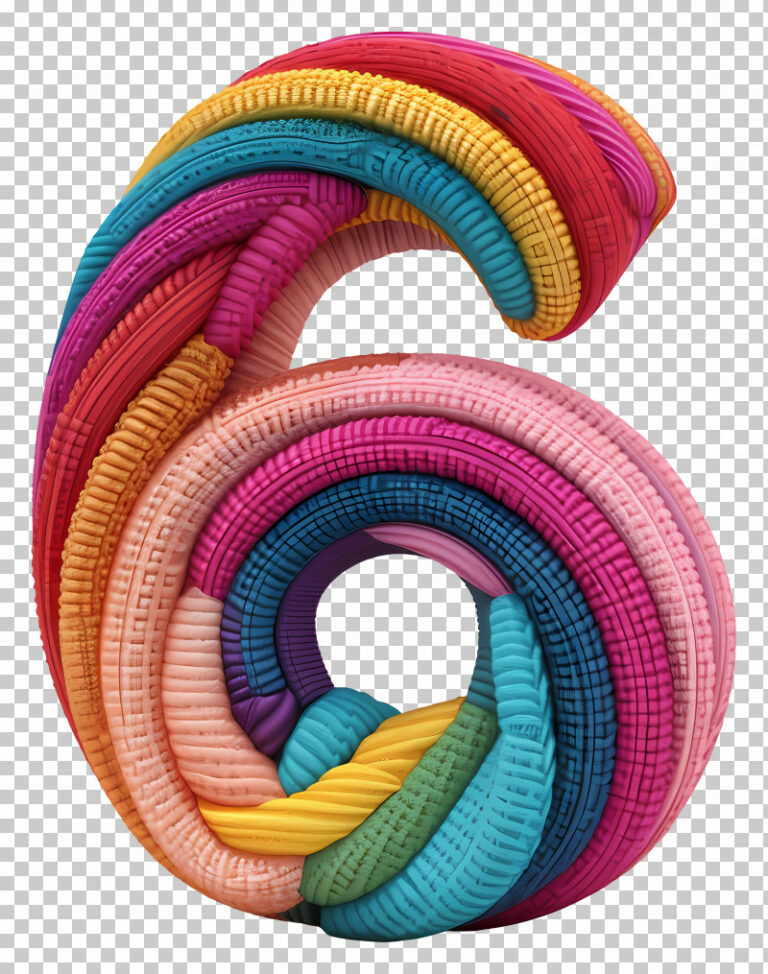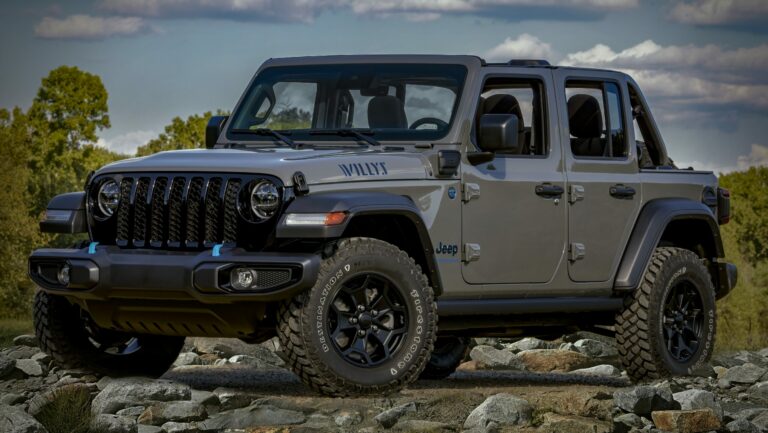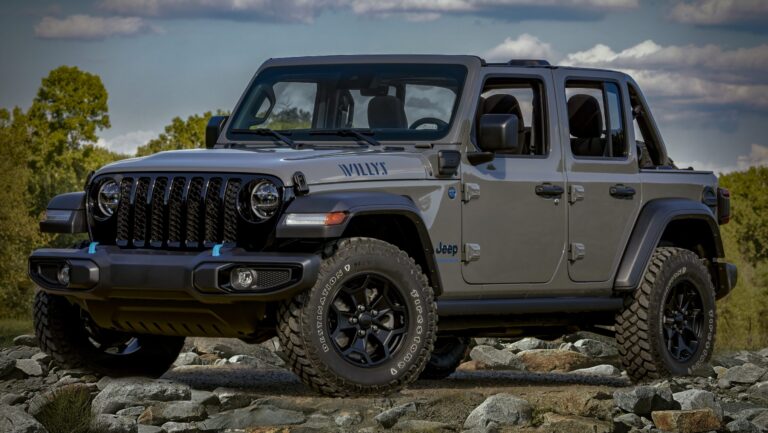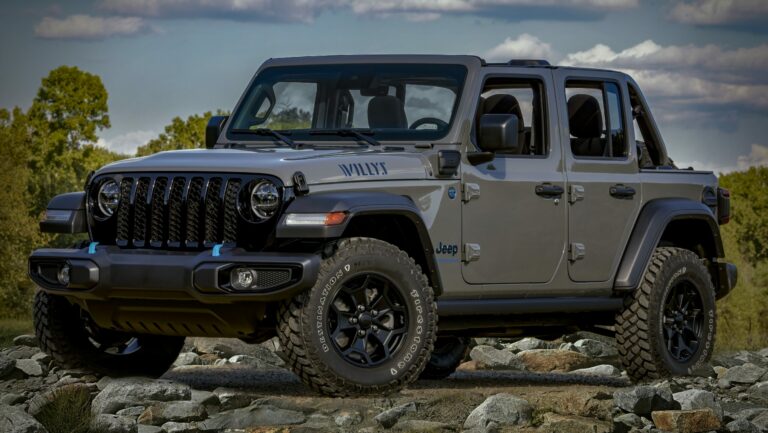1995 Jeep Wrangler YJ For Sale: Your Guide to Owning an Icon
1995 Jeep Wrangler YJ For Sale: Your Guide to Owning an Icon jeeps.truckstrend.com
The year 1995 marks a significant chapter in the storied history of the Jeep Wrangler. It was the final production year for the iconic YJ series, a model often distinguished by its polarizing yet beloved square headlights. For many off-road enthusiasts and classic car collectors, a "1995 Jeep Wrangler YJ for sale" isn’t just a classified ad; it’s an invitation to own a piece of automotive history – a rugged, capable, and undeniably charming vehicle that stands as a testament to simpler, more direct motoring.
This comprehensive guide aims to arm you with all the essential information needed to navigate the market for a 1995 Jeep Wrangler YJ. From understanding its unique appeal and key features to practical advice on what to look for, where to find one, and what to expect from ownership, we’ll cover every facet of acquiring this enduring American legend.
1995 Jeep Wrangler YJ For Sale: Your Guide to Owning an Icon
The Enduring Appeal of the 1995 Jeep Wrangler YJ
The Jeep Wrangler YJ (1987-1995) holds a unique place in the lineage of the civilian Jeep. It was the first Wrangler to carry that name, replacing the beloved CJ series, and it paved the way for the coil-sprung TJ that followed. The 1995 model year, being the last of its kind, often benefits from the most refined features of the YJ generation, including the universally praised 4.0L inline-six engine with Multi-Point Fuel Injection (MPI) – a significant upgrade from earlier carbureted versions.
What makes the 1995 YJ so appealing?
- Classic Aesthetics: Those square headlights, while initially controversial, have become a distinctive hallmark, setting the YJ apart from its round-eyed predecessors and successors. It possesses a raw, utilitarian beauty that many find irresistible.
- Rugged Simplicity: The YJ is built like a tank, with a robust body-on-frame construction and durable leaf-spring suspension on all four corners. This simplicity translates to easier maintenance and a strong aftermarket for parts and modifications.
- Off-Road Prowess: At its core, the YJ is a formidable off-road machine. Its compact wheelbase, solid axles, and capable 4×4 system make it a joy on trails, capable of tackling challenging terrain with ease.
- Open-Air Freedom: With removable doors, a fold-down windshield, and various soft-top and hardtop configurations, the YJ offers an unparalleled open-air driving experience, connecting you directly with the environment.
- Affordability and Collectibility: While prices vary, the YJ often offers a more accessible entry point into the classic Jeep world compared to older CJs or newer TJs. As the last of its specific design, well-maintained 1995 models are beginning to appreciate in collector circles.

Key Features and Specifications of the 1995 YJ
Understanding the core components of the 1995 YJ is crucial for any potential buyer.
- Engine Options:
- 2.5L AMC 150 I4 (Throttle Body Injection – TBI): A reliable, if somewhat underpowered, four-cylinder engine. Good for fuel economy and basic commuting, but less desirable for serious off-roading or highway speeds.
- 4.0L AMC 242 I6 (Multi-Point Fuel Injection – MPI): The workhorse and most sought-after engine. Known for its legendary durability, ample torque, and relatively smooth operation. This engine is highly recommended for its performance and longevity.
- Transmission Options:
- Manual: AX-5 (paired with 2.5L) or AX-15 (paired with 4.0L). Both are 5-speed manual transmissions, generally robust.
- Automatic: 3-speed Torqueflite 32RH (paired with 4.0L). A simple, reliable automatic transmission, though less fuel-efficient than the manual.
- Transfer Case: NP231 Command-Trac, a part-time 4×4 system with 2H, 4H, and 4L settings. Highly durable and widely supported in the aftermarket.
- Axles:
- Front: Dana 30 (high pinion).
- Rear: Dana 35 (or Dana 44 on some rare Sahara/Renegade models, though 1995 was predominantly D35). The Dana 35 is known to be weaker, especially with larger tires or aggressive off-roading, and is often a target for upgrade.
- Suspension: Leaf springs at all four corners. This provides a rugged, simple setup but can result in a stiffer, less refined ride compared to coil-sprung Jeeps.
- Special Editions: While less common for 1995, earlier YJ years offered packages like the Sahara (distinctive green paint, unique interior, body-colored flares, often D44 rear axle) and Renegade (pronounced plastic body cladding). These can add to collectibility and price.

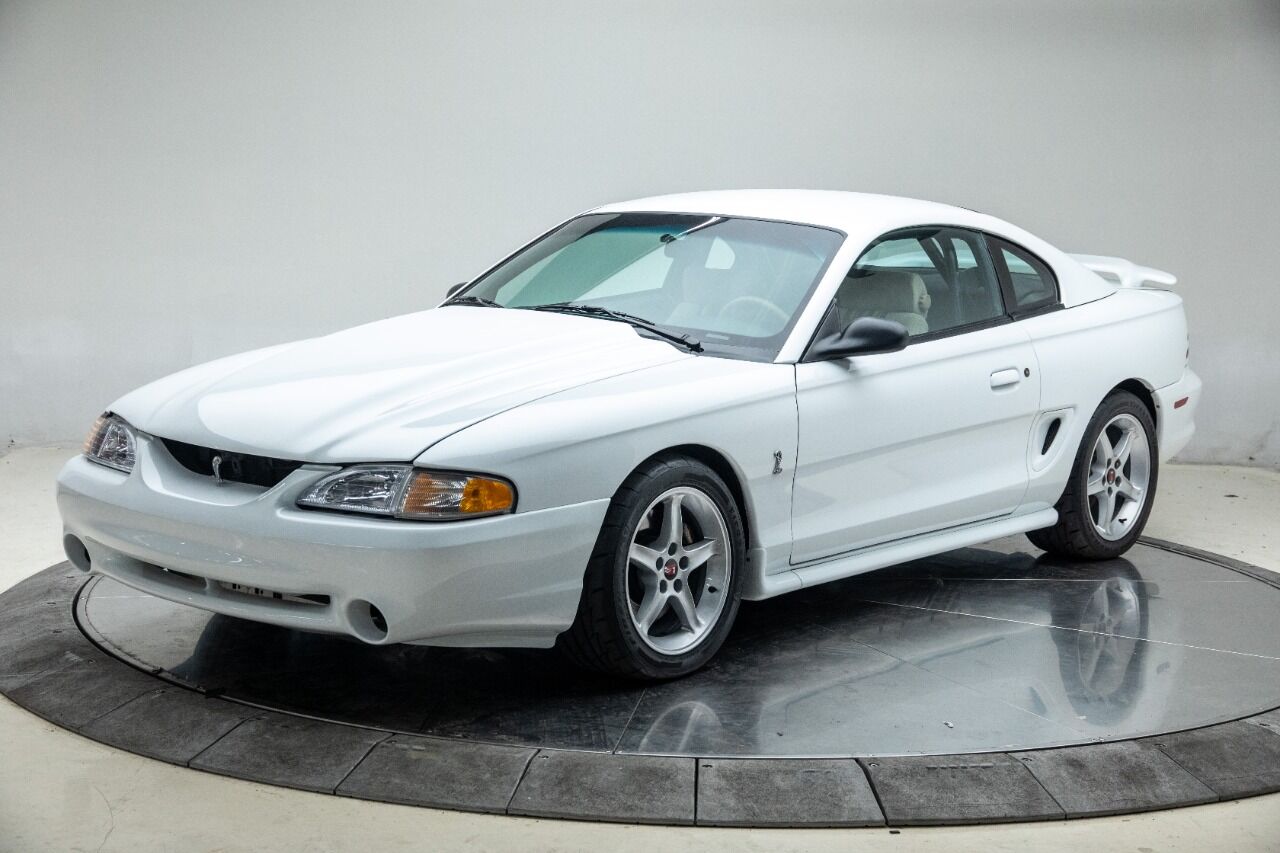
What to Look For When Buying a 1995 YJ (Important Considerations)
Purchasing a nearly 30-year-old vehicle, especially a Jeep known for its off-road life, requires careful inspection.
- Rust, Rust, Rust: This is the single biggest enemy of the YJ.
- Frame: Inspect the frame thoroughly, especially around the control arm mounts, skid plate, spring hangers, and rear shackle mounts. Look for flaking, holes, or previous patch jobs.
- Body: Check the floorboards (under the carpet/mats), rocker panels, rear quarter panels, tailgate, and fender wells. Pay close attention to the area around the roll bar mounts.
- Brakes/Fuel Lines: Check for corrosion on brake lines, fuel lines, and the fuel tank skid plate.
- Mechanical Condition:
- Engine: Listen for unusual noises (knocks, ticks, excessive valvetrain noise), check for oil leaks (rear main seal is common but often minor), coolant leaks, and signs of overheating. Ensure it starts easily and idles smoothly.
- Transmission: For manuals, check clutch engagement and listen for grinding or difficulty shifting. For automatics, ensure smooth shifts without slipping. Check for fluid leaks.
- Transfer Case: Engage 4WD (both 4H and 4L) during a test drive. Listen for grinding or clunking. Check for leaks.
- Axles/Driveline: Listen for humming or clunking noises from the differentials, especially when turning. Check U-joints for play.
- Suspension: Look for sagging leaf springs, worn-out bushings (shackles, spring eyes), leaking shocks, and bent components.
- Steering: Check for excessive play in the steering wheel, indicating worn steering box, tie rod ends, or ball joints.
- Electrical System: Test all lights (headlights, turn signals, brake lights, interior lights), gauges, horn, wipers, and heater/AC (if equipped). YJ wiring can become brittle over time.
- Modifications: Many YJs have been modified. Assess the quality of the modifications.
- Lift Kits: Was it installed correctly? Are the driveshaft angles good? Are larger tires rubbing?
- Tires/Wheels: Are the tires excessively large for the stock gearing? This can strain the engine and drivetrain.
- Other: Aftermarket bumpers, winches, lights – check for proper installation and wiring.
- Maintenance History: Ask for service records. A well-documented history is a good sign of a caring owner.
- Title Status: Ensure the title is clean, not salvage or rebuilt.
- Test Drive: This is non-negotiable. Drive the Jeep at various speeds, on different surfaces (if possible), and engage 4WD. Listen, feel, and pay attention to everything.
Navigating the Market: Where to Find a 1995 YJ for Sale
- Online Marketplaces: Craigslist, Facebook Marketplace, eBay Motors, AutoTrader Classics are popular platforms. Be specific with your search terms ("1995 Jeep YJ," "Wrangler YJ 4.0L").
- Dedicated Jeep Forums and Social Media Groups: Many online communities for Jeep enthusiasts have "for sale" sections. These often provide more detailed information and connect you with passionate owners.
- Classic Car Dealerships: Less common for YJs, but some specialized dealerships might have well-restored examples.
- Local Classifieds/Word of Mouth: Don’t underestimate the power of local listings or asking around in Jeep clubs.
- Specialized Auctions: Occasionally, classic car or off-road vehicle auctions might feature a YJ.
Ownership Experience and Potential Challenges
Owning a 1995 YJ is an experience. It’s not for everyone, but for those who appreciate its unique character, it’s incredibly rewarding.
Pros:
- Unrivaled Fun Factor: The open-air driving, the simplicity, and the off-road capability make every drive an adventure.
- Strong Aftermarket Support: Parts are readily available, and there’s a vast community of owners and shops specializing in YJs.
- Easy to Work On: Its basic mechanicals make it a great vehicle for DIY enthusiasts to learn on.
- Holds Value: Well-maintained and original YJs are appreciating assets.
- Community: Owning a Jeep connects you to a large and friendly community of fellow enthusiasts.
Cons:
- Ride Quality: The leaf spring suspension provides a firm, sometimes harsh, ride, especially on rough roads.
- Noise/Leaks: They can be noisy at highway speeds, and soft tops are prone to leaks in heavy rain.
- Fuel Economy: Especially with the 4.0L and larger tires, fuel efficiency is not a strong suit.
- Rust Potential: As discussed, this is the biggest long-term battle.
- Maintenance: While simple, it’s still an old vehicle. Be prepared for regular maintenance and occasional repairs.
Solutions:
- Embrace the Character: Understand that it’s not a modern SUV. Its quirks are part of its charm.
- Proactive Maintenance: Address small issues before they become big problems. Regular rust prevention is key.
- Join the Community: Learn from experienced owners, find local clubs, and leverage online resources.
- Budget for Upgrades: Many owners choose to upgrade suspension, brakes, or axles to enhance performance or comfort.
Practical Advice and Actionable Insights
- Set a Realistic Budget: Don’t just budget for the purchase price. Factor in potential immediate repairs, insurance, registration, and any desired modifications.
- Get a Pre-Purchase Inspection (PPI): If you’re serious about a YJ, pay a trusted independent mechanic (ideally one familiar with older Jeeps) to perform a thorough inspection. This can save you thousands down the road.
- Research Parts Costs: Before buying, familiarize yourself with the cost of common replacement parts (e.g., leaf springs, U-joints, brake components) so you know what you’re getting into.
- Understand Your Use Case: Are you buying it for a daily driver, a weekend toy, or a dedicated off-roader? Your intended use will influence the ideal condition and necessary modifications.
- Don’t Rush: There are many YJs out there. Be patient and wait for the right one that fits your budget and criteria.
1995 Jeep Wrangler YJ Estimated Price Table
Please note: Prices are highly variable based on condition, mileage, modifications, location, and market demand. This table provides a general estimated range in USD.
| Condition Category | Description

